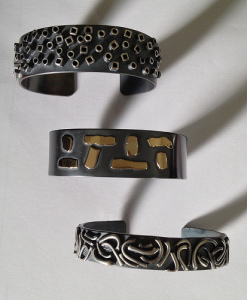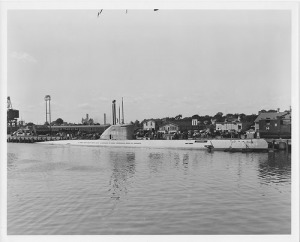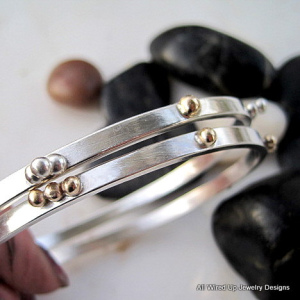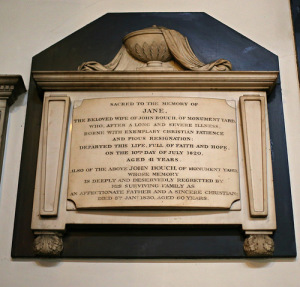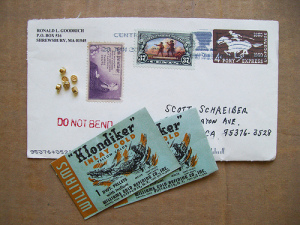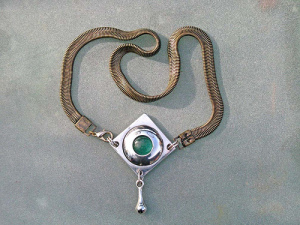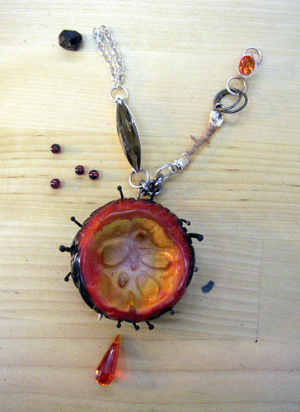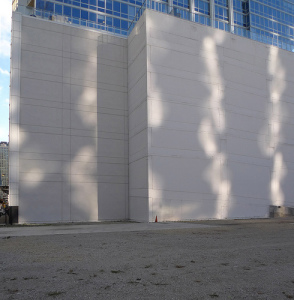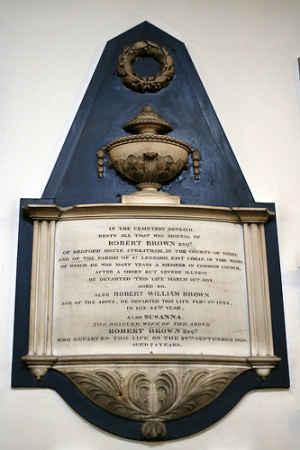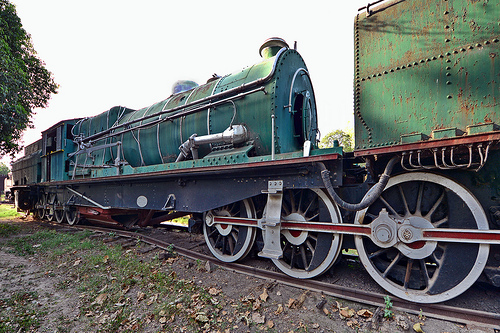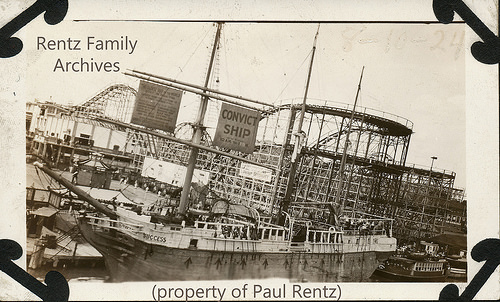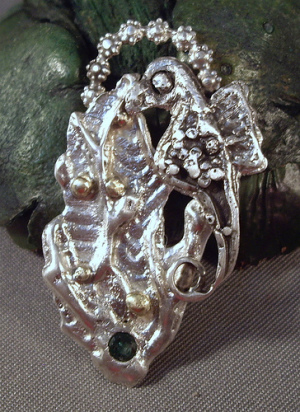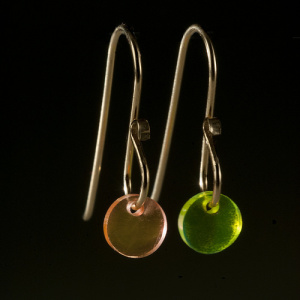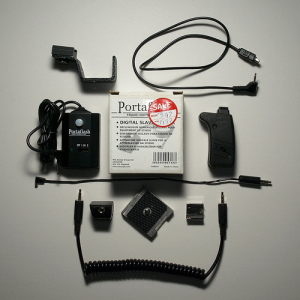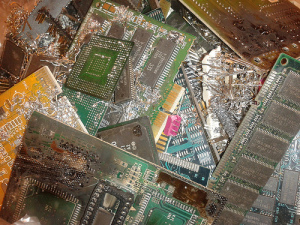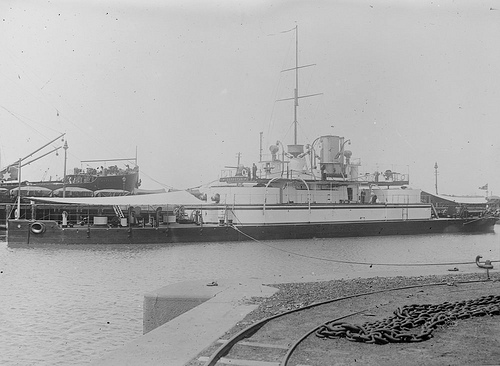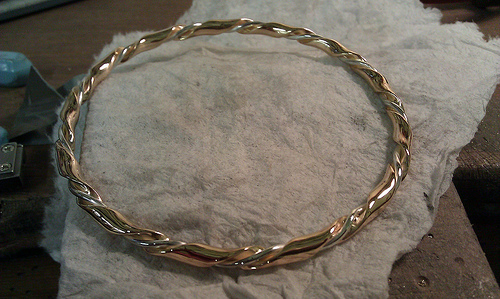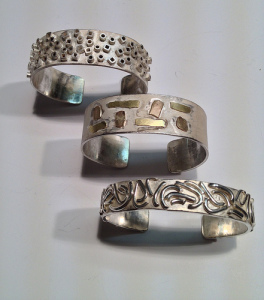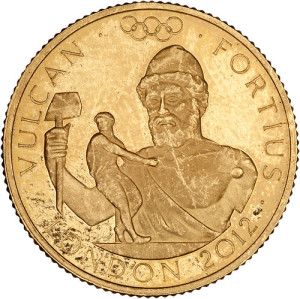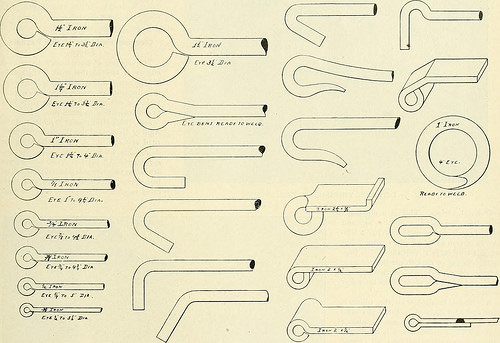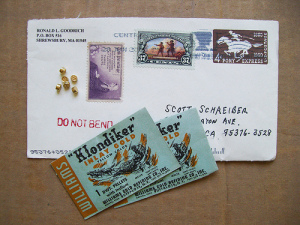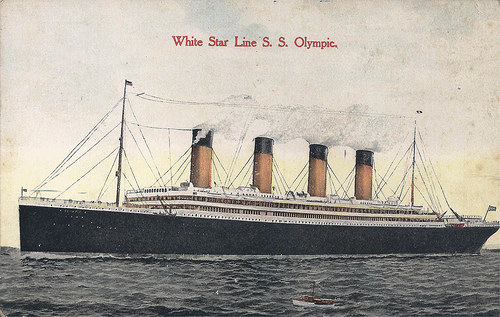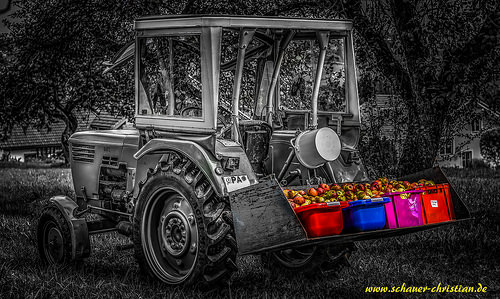Throughout the ages, man has been recycling metals by melting and reusing them. A visit to almost any industrial area in the country will demonstrate that the scrap business is alive and well. You’ll notice scrap processors (scrap facilities or scrap yards) where the scrap metal is piled high, cranes are lifting and sorting the […]
Read More...
Throughout the ages, man has been recycling metals by melting and reusing them. A visit to almost any industrial area in the country will demonstrate that the scrap business is alive and well. You’ll notice scrap processors (scrap facilities or scrap yards) where the scrap metal is piled high, cranes are lifting and sorting the metals, and trucks are hauling the scrap metal in and out of the facilities. Recycling metal is important because it creates big business. It also plays an important role in conserving our national resources. It helps keep our highways and cities free from debris and helps preserve landfill space.
Iron ore is extracted from the ground. It is shipped to a mill where iron or steel--steel in this example--is made into different forms, such as sheet or bar stock. The steel is then shipped to a buyer, such as a stamping plant or screw machine shop, to be fabricated. During that fabrication, scrap metal is generated; then, it is sold for processing and/or melting.
Scrap metal is also produced by the ultimate user at the end of the steel product’s useful life. The obsolete product enters the recycling system at that point. After processing the scrap metal, the scrap processor will sell the processed scrap to a mill, foundry, or other concern that will use the metal to make new products.
Scrap metal is divided into two types: ferrous and nonferrous. Ferrous scrap is scrap iron and steel. This includes scrap from old automobiles, farm equipment, household appliances, steel beams, railroad tracks, ships, and food packaging and other containers. Ferrous scrap accounts for the largest volume of metal scrapped. Ferrous scrap is classified into almost 80 grades; additionally, there are another 40 grades of railroad ferrous scrap and even more grades of alloy scrap. Metal alloys are made from a combination of two or more metals.
Nonferrous scrap metal is scrap metal other than iron and steel. While the volume of nonferrous scrap is less than ferrous scrap, it is more valuable by the pound. Here are some examples of nonferrous scrap: aluminum, copper, lead, zinc, nickel, titanium, cobalt, chromium, and precious metals. Millions of tons of nonferrous scrap metal are recovered by processors and consumed by secondary smelter, refiners, ingot makers, fabricators, foundries, and other industries in this country.
Scrap metal, ferrous and nonferrous, can be categorized as either “home scrap” or “purchased scrap.” Home scrap is scrap generated at the mill, refinery, or foundry, and is generally remelted and used again at the same plant. Home scrap never leaves the plant.
Related Posts
-
 How to Determine Your Scrap Gold’s Value
The majority of individuals do not understand they have the facility to generate money
How to Determine Your Scrap Gold’s Value
The majority of individuals do not understand they have the facility to generate money -
 Where Can I
Graduate school scholarships are readily available for you; all you need to do is
Where Can I
Graduate school scholarships are readily available for you; all you need to do is -
 What’s the Difference Between 10K, 14K, 18K and 24K Gold Jewelry?
Gold jewelry is an asset for the buyer, or in the event where it
What’s the Difference Between 10K, 14K, 18K and 24K Gold Jewelry?
Gold jewelry is an asset for the buyer, or in the event where it -
 Selling Your Scrap Car
While many of us do have a tendency to get attached to our old
Selling Your Scrap Car
While many of us do have a tendency to get attached to our old -
 Scrap my Car
Have you ever just thought ‘I should scrap my car’? Well you’re not the
Scrap my Car
Have you ever just thought ‘I should scrap my car’? Well you’re not the -
 How to Melt Scrap Gold
Gold is one of the world’s precious metals. It is used in numerous countries
How to Melt Scrap Gold
Gold is one of the world’s precious metals. It is used in numerous countries -
 Are You Looking For the Best Gold Buyers
Today Gold Prices are almost touching the skies. If you are planning to
Are You Looking For the Best Gold Buyers
Today Gold Prices are almost touching the skies. If you are planning to -
 Learning About Selling Gold
Not only are the markets in the U.S. starting to look very shaky, but
Learning About Selling Gold
Not only are the markets in the U.S. starting to look very shaky, but


